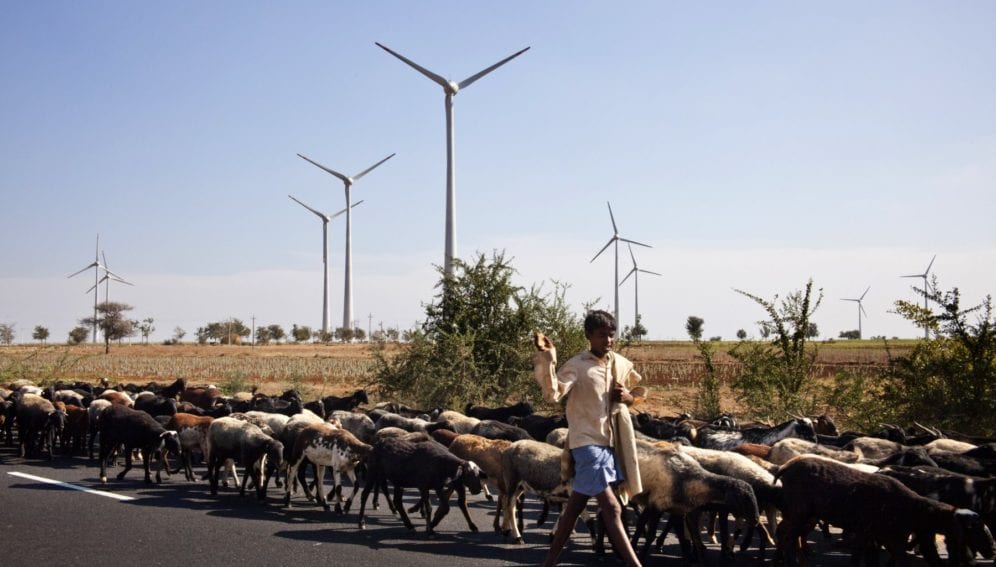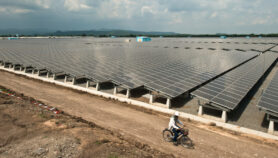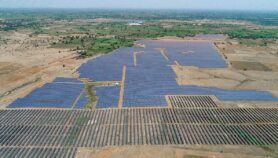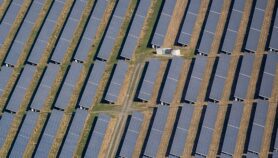By: Archita Bhatta
Send to a friend
The details you provide on this page will not be used to send unsolicited email, and will not be sold to a 3rd party. See privacy policy.
[NEW DELHI] Renewable energy received a massive boost in the budget proposals announced on 28 February by finance minister Arun Jaitley, along with a modest increase in overall allocation for science research.
The budget of the ministry of renewable energy now stands at US$ 746.31 million, compared to the US$ 36.86 million allocated in the previous fiscal year.
“This increased budget for renewables will definitely help promote the sector,” says Sandeep Chaturvedi, president of the Biodiesel Association of India. “As far as biodiesel is concerned, the government had already made exemptions on excise duties on feedstock in October. The availability of insurance and credit for the sector is likely to increase the availability of feedstock.”
Researchers working on renewable energy hope that the increased budget will give them a large share. “The budget will increase subsidies to promote wind and solar power, but we also need specialised laboratories for research on renewable energy so that we can improve the efficiency of the solar cell and other technologies,” says Punnaiah Veeraboina, an engineer at the Centre for DNA Finger Printing who is researching on improving solar cell efficiency.
Last year, the government raised the target for renewable energy capacity to 175,000 megawatts by 2022. This included 100,000 megawatts for solar, 60,000 megawatts for wind, 10,000 megawatts for biomass and 5,000 megawatts for small hydro.The total capacity of grid interactive renewable energy installed till 31 January was about 39,511 megawatts. This includes 25,188 megawatts from wind power, 5,248 megawatts from solar, 4,187 megawatts from small hydro power and 4,760 megawatts from bio-power.
The department of science and technology has received US$ 650 million in a 17 per cent increase over last year’s allocation, while the department of biotechnology gets US$ 270 million in a 12 per cent boost over the last fiscal. Another winner was the ministry of environment and forests which now has a budget of US$ 170.52 million compared to US$ 148.57 million last year.
Increase in allocation for the ministry of earth sciences, which deals with the science of climate change, was modest with a US$ 3 million over last year’s US$ 176.13 million. “Our allocation is sufficient for implementation of most of our programmes,” M. Rajeevan Nair, secretary in the ministry, tells SciDev.Net. “Besides, depending on the rate at which we spend our allocation, we can request for an interim allocation.”














